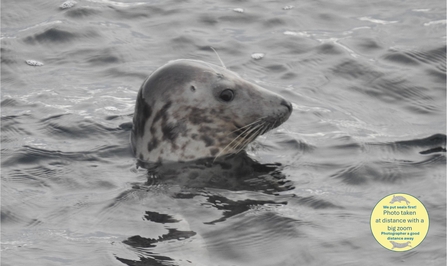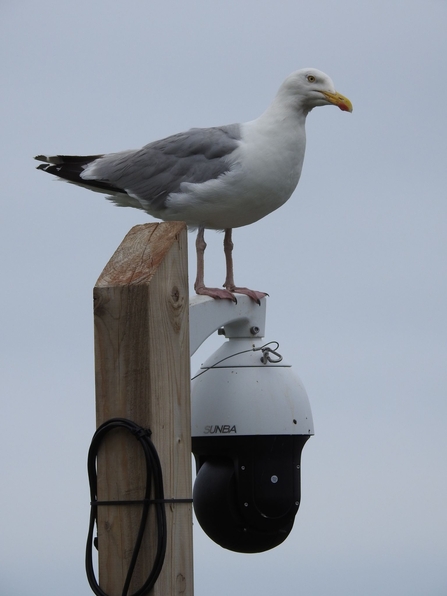What an odd weather year it’s been!
The wet early spring may have lessened the usual concerns about our water supplies but sadly it does seem to have reduced the number of insects we’ve seen this year. The insects, such as butterflies either struggle to survive or don’t emerge in good numbers until the weather is more suitable. Still, we’ve had around 12 different species so far this year, including the richly coloured peacock and more subtle speckled wood butterflies. And many visitors have said they’ve actually seen more butterflies here than on the mainland – so that reassuring! The island is part of a UK wide butterfly monitoring scheme so once all the results are in, it’ll be interesting to see how we compare.


